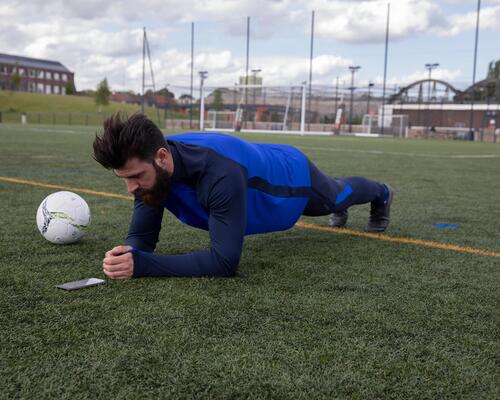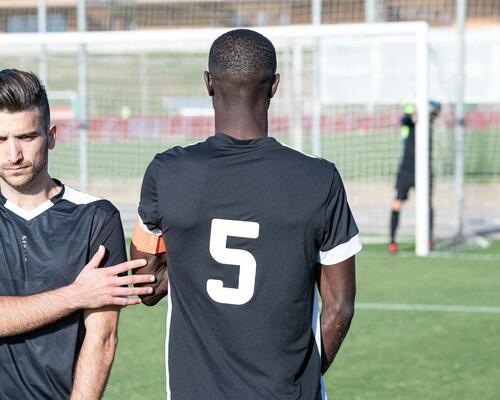Prevent the attacker from reaching the goal
Defending requires a certain level of sacrifice. Whether you're defending down the centre, on the wings or even on the midfield, you're often your team's last line of defence. You are therefore the only person (except for the goalkeeper of course) standing between the other team and your goal.
Along the same lines, you need to get in the right position to force the attacker towards the closed side. The goal: block as many angles for your goalkeeper and yourself. To prevent attackers from facing the goal, you'll have to work your hardest. There aren't many other solutions, other than a miracle.










